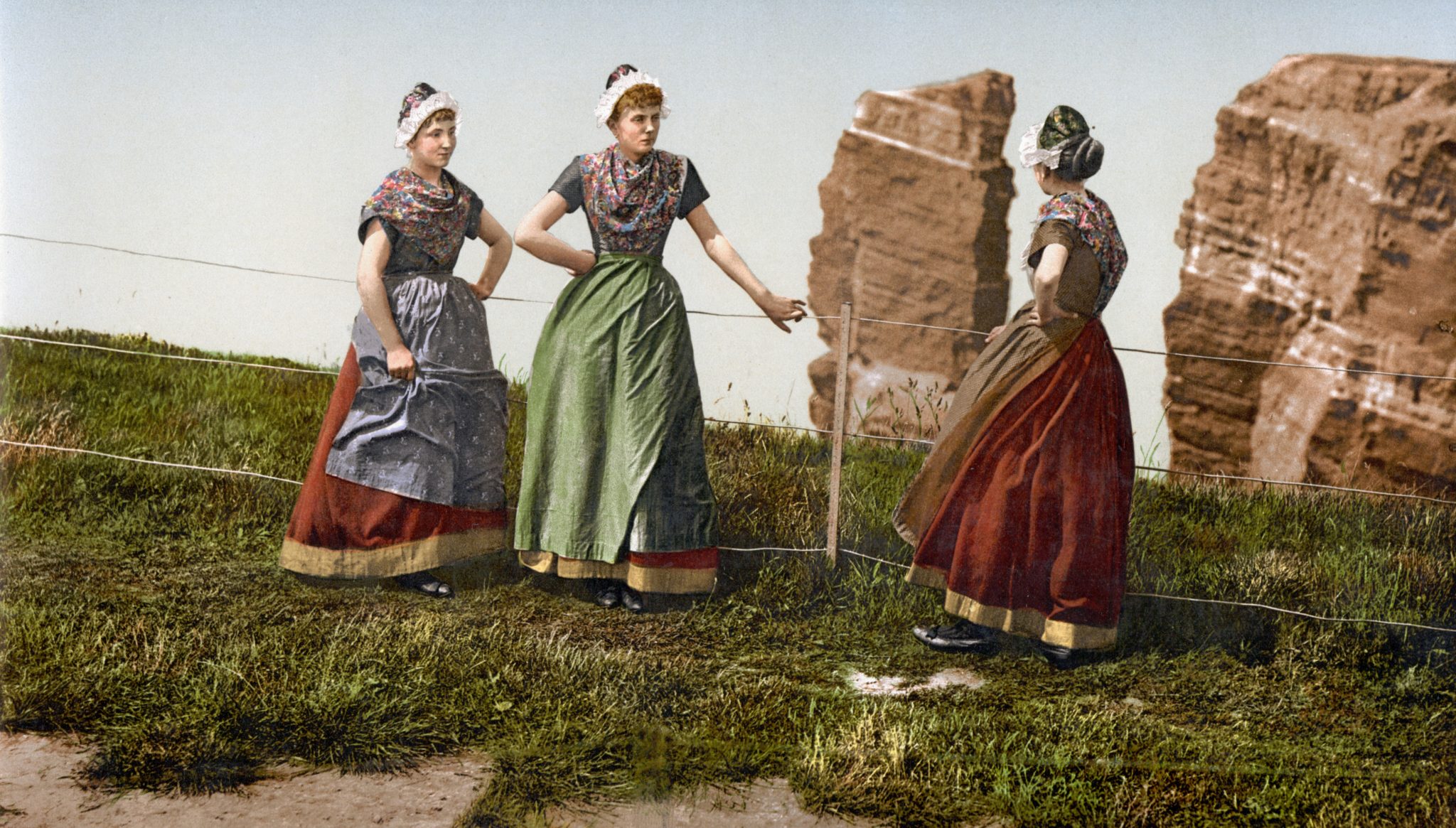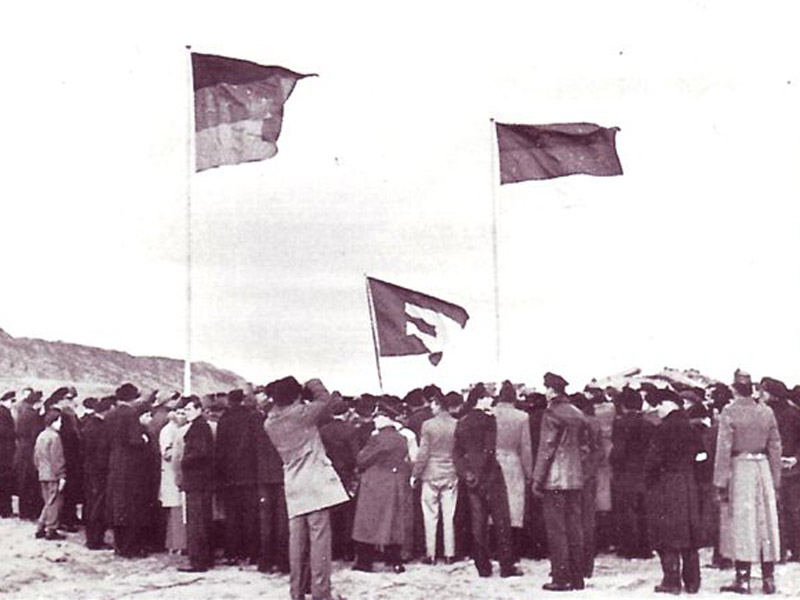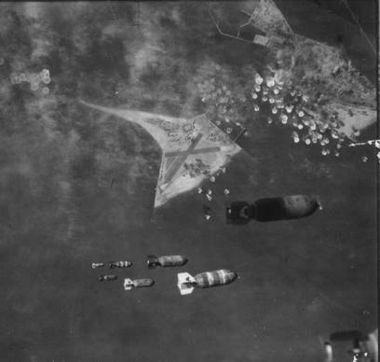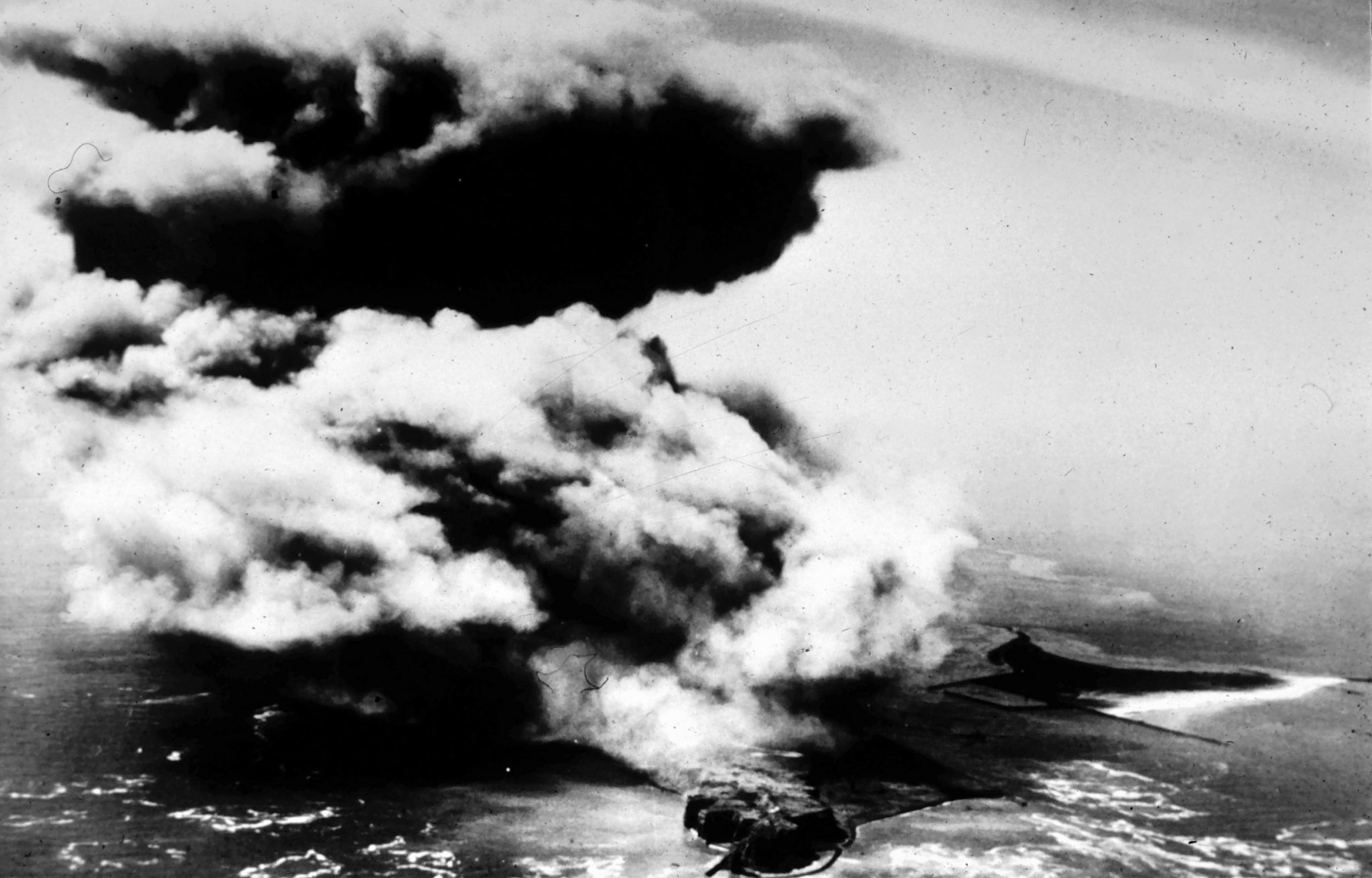

The history of the island is exciting far into the last century. Helgoland was a sea fortress, a pirate’s nest, an important base for sea pilots and, at the beginning of the 18th century, even the largest goods handling center in Europe.
Helgoland was besieged and was Danish from 1714. But already in 1807 the island became British. In 1826 Jacob Andresen Siemens founded the seaside resort. It was not until the “Treaty on Colonies and Heligoland” of 1890 that Heligoland was handed over to Germany. The island was also involved in the world wars as a naval base. In 1947, the British even attempted to destroy Helgoland’s military installations with the largest non-nuclear detonation. It was not until 1952 that the island was returned to Germany and repopulation could begin. Soon after, in 1961, the town hall was completed. It still bears witness to Helgoland’s distinctive history and informs visitors about the exciting historical events by means of an information board. But important in the history were also the people, the visitors and inhabitants of Helgoland. Early on, the notables of Central Europe took a cure on the island, while foreign fleets fought sea battles within sight.
Heinrich Hoffmann von Fallersleben wrote the “Song of the Germans” in 1841, the third verse of which is now Germany’s national anthem. His bust now stands on the square in front of the landing stage. The Helgoland photographer Franz Schensky also achieved worldwide fame with his pictures of the island. Biologically, the work on Helgoland begins very early. The great diversity under the water surface around Helgoland attracted important scientists to the island more than 150 years ago, so that in 1892 the “Königliche Biologische Anstalt Helgoland” (Royal Biological Institute Helgoland) was founded, which has been part of the Alfred Wegener Institute for Polar and Marine Research since 1998.
In order to bring the historical events closer to the visitors of the island, there is a history trail over 16 different stations on the lower and upper land, which informs on large boards and pyramids about the 1000-year, changeful and at the same time exciting history. The Tourist Information has a free brochure available for you for this purpose.
The Museum Helgoland can be found in the North-East area in the Nordseehalle. Here one deals with a variety of historically for Helgoland valuable events and topics. In order to show the history of Helgoland as well as the life of the islanders at that time and also the beauty of the island itself, exhibitions and information events take place at regular intervals. In front of the museum is the museum courtyard with original replica lobster stalls. Among other things, Helgoland’s postal history and the works of the famous children’s author James Krüss are exhibited here.

A date that will forever be remembered by the people of Helgoland.
Shortly before the end of the war in 1945, fifteen Helgolanders tried to contact the British in order to avert the expected attack and thus the destruction of their homeland. However, they were betrayed and arrested by the Gestapo on April 18. Seven of them were shot in Cuxhaven on April 21, 1945.
On April 18, 1945, the British Air Force carried out a devastating bombing campaign in which 1,000 British planes dropped about 7,000 bombs in 104 minutes, rendering the island uninhabitable. The residents had survived in air raid shelters and were evacuated the next day

Two years later, on April 18, 1947, the British destroyed military bunkers on the island with the largest non-nuclear blast in history to date. Some 4,000 torpedo heads, nearly 9,000 depth charges and over 91,000 shells of various calibers, totaling 6,700 tons of explosives, were stacked in the submarine bunker as well as in the maze of tunnels at the southern tip of the Rock and at the coastal batteries; punctually at 1 p.m., the huge explosion was set off from aboard the cable carrier Lasso. A huge jet of fire and tons of rock shot into the sky. The mushroom cloud had risen nine kilometers into the air. From the material of the blasted southern tip, the midland was formed, and the submarine bunker in the southern harbor was destroyed. The complete destruction of the island, which had been accepted, did not occur. The harbor facilities and coastal defense walls remained intact, even the civil defense bunker was spared and can be visited in parts today.
Get a first impression of the Helgoland Bunker in our video.
You can find more information about guided tours here.